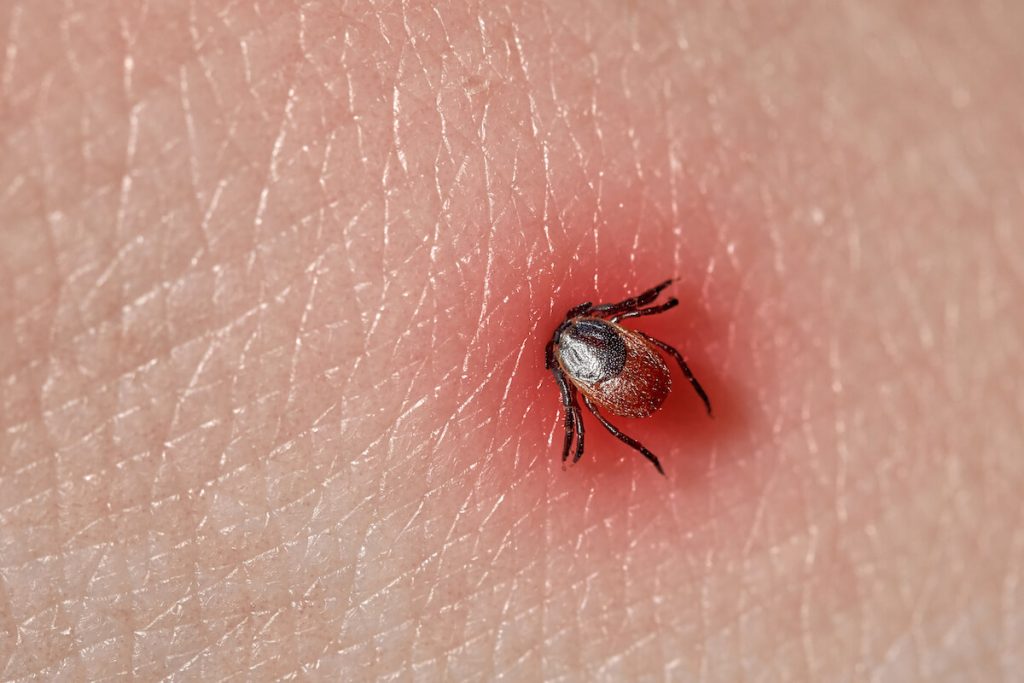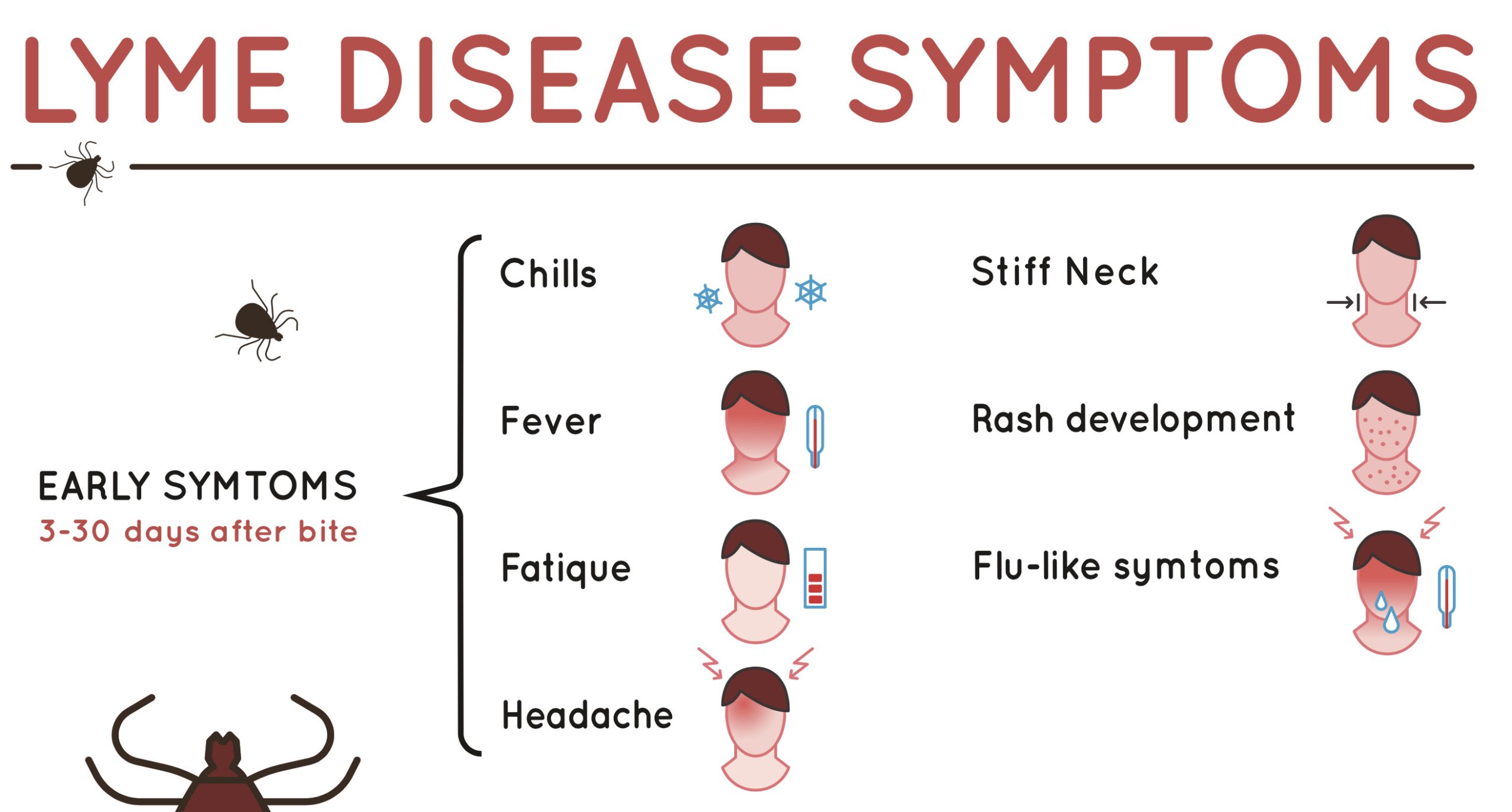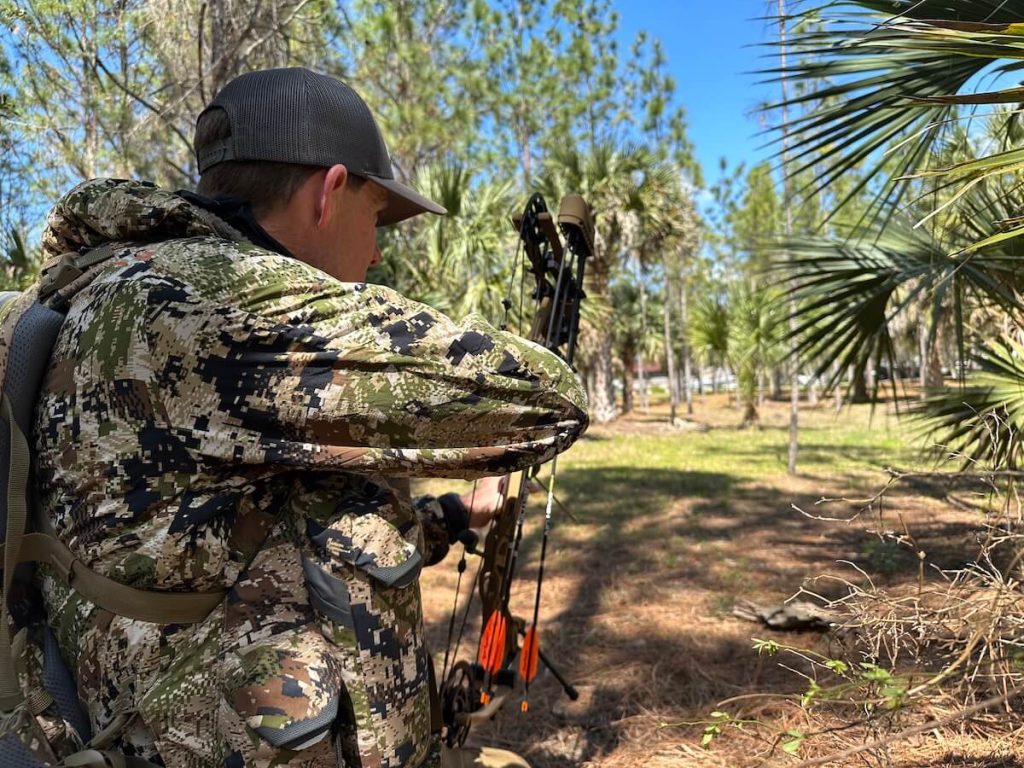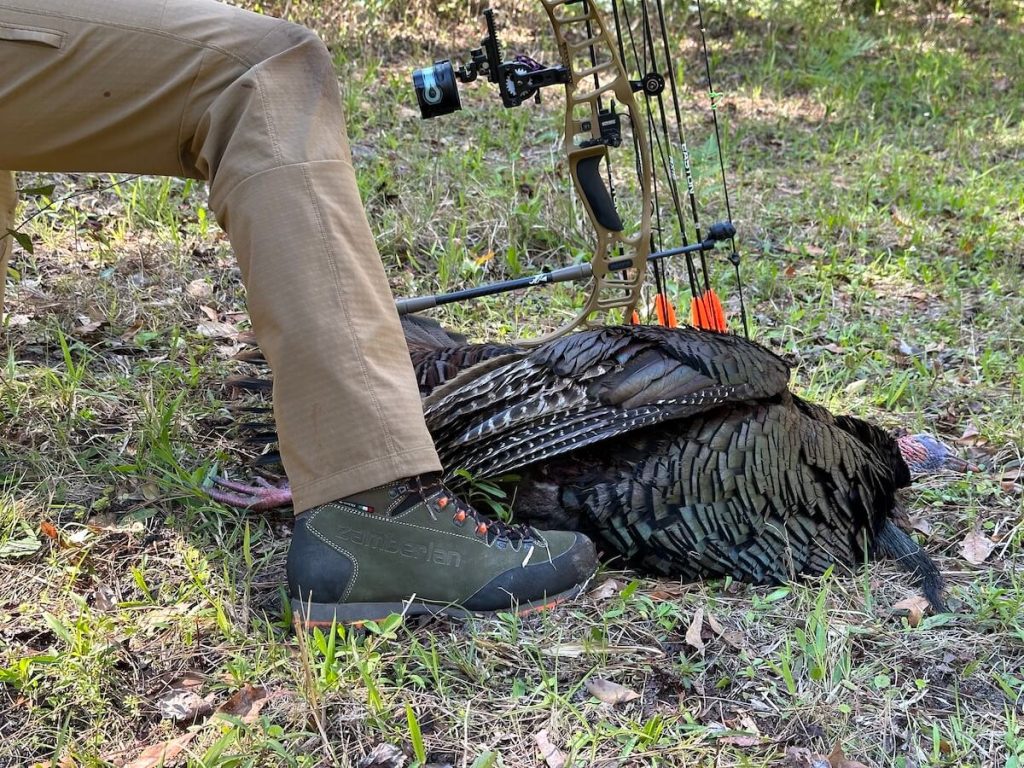
A Brush With A Silent Killer
When he found it, we were on a family road trip to Grand Junction, Colorado. With his hand glued to his scalp, my son looked at me and said, “Dad, something is stuck in my head.” I expected what I would see when I climbed into the back seat and glanced at his scalp, but I didn’t expect it to be so big. The tick had found its host and that silent killer had feasted on my son’s blood for some time.
My wife, an OB RN, freaked out.
“We don’t have ticks in this area,” she said, looking at me like I’d taken him on an unbeknown-to-her turkey extravaganza somewhere in the Adirondacks
Thankfully, a few rounds of Doxycycline, the primary medicine used to treat vector-borne tick diseases, did its thing. My son, side of a slight rash at the bite site, never experienced any lasting side effects.
Less Fortunate Brushes
Others I know and have shared time with in the spring/summer woods have not been so lucky. One of my friends contracted Lyme disease from a Black-legged deer tick in Mississippi five years ago, and there are days when his joints hurt so bad he can hardly walk.
My neighbor down the road in our little slice of southeast Colorado heaven where “we never have ticks” was hospitalized last year for several days when a bite from an American dog tick created edema around his eyes and on the back of his hands. He also had the joy of intense vomiting and a fever of 104 degrees that wouldn’t break.

It Gets Worse
Then, recently, while sharing camp with some members from Sitka Gear and Dr. Karl Miller — one of the most famous deer biologists ever — I learned a lot more about ticks than I wanted to. For years, Dr. Miller was the co-leader of the UGA (University of Georgia) Deer Lab, and along with his team, has completed some of the most fascinating studies ever conducted on the white-tailed deer.
One night around the campfire, Dr. Miller told us of a UGA student who suffered from Alpha-gal syndrome, a potentially life-threatening allergic reaction to red meat. The syndrome is widely recognized as caused by tick bites from The Lone Star tick, which has recently expanded its range into the northeast. Currently, there is no cure for Alpha-gal syndrome. Once the allergic reaction to red meat takes hold, most can never eat red meat as part of their diet again.

Good And Scared?
Dr. Miller put it all out there while he had us all wide-eyed around the campfire like we were listening to a ghost story, “I’m not giving you all of this information about ticks and tick diseases to scare you, but rather to make you aware,” he said. An avid outdoorsman, Miller has dealt with Rocky Mountain Tick Fever and tick-born encephalitis, a human viral infectious disease involving the central nervous system.
“As outdoors people, we all need to be aware,” said Miller. “Tick species are spreading, new species are being discovered, and these nasty little suckers carry some terrible stuff you don’t want,” Miller continued.
Miller and other well-known wildlife scientists note that as deer populations continue to boom and spread, the number of these silent killers in areas around the country has dramatically increased, and places that haven’t been traditional tick zones are getting to be. Hot-bed tick zones are getting ridiculous with the number of ticks being found, and the number of CDC-reported diseases in almost every geographic location in the country is on the rise.
The Facts Don’t Lie
Reports from the CDC show that in 2019, over 50,000 tick-borne illnesses were reported. That’s an increase just shy of 30,000 conditions over 15 years, and the CDC believes these estimates may be more than 10 times off on the high side.
“Reporting has gotten better,” said Miller. “However, thousands of tick cases fly under the radar every year and don’t get reported.

18 Is A Large Number
According to Dr. Miller and the CDC, 18 tick-borne diseases are now recognized in the United States. Some, naturally, are worse than others.
Rocky Mountain Spotted Fever is a well-known disease and is carried by the Lone Star tick — a species recognizable by the white dot or star on the back of adult female ticks. The Lone Star tick is one of the most aggressive ticks in the country and has also been known to carry the Heartland virus, tularemia, STARI, and Alpha-gal Syndrome.
The range of the Lone Star tick is impressively terrifying — stretching from southern Texas across to Florida to the northern parts of Maine and Michigan.
Commonly Known Silent Killer Right Here
Lyme disease is another tick-borne illness most outdoorsmen and women know about. The culprit is often the black-legged deer tick, active whenever the weather is above freezing. The range of this silent killer has significantly expanded from the Midwest and Northeast to Florida and the Pacific Coast.
SEE MORE: You Should Hunt More Rabbits
Rocky Mountain Spotted Fever and Tularemia are two bad ones carried by the American dogwood tick, which can be found in all but 6 U.S. States, and as mentioned earlier, I have seen them in Colorado.
We could go on. I could terrify you about a new invasive tick species dubbed the Asian Longhorn Tick that the CDC believes is responsible for the complete exsanguination (blood-draining) of five cows in North Carolina. Then there’s the Powassan Virus, currently identified in the northcentral and northeast. The virus is carried by the Blacklegged and Groundhog ticks, and approximately 10 percent of those contracting the disease die. About 50 percent never recover and experience long-term health problems.
Sitka Steps Up
I have been roaming the woods — from the Rockies to the Atlantic and Pacific Coasts — for nearly three decades. No matter where in the country I am, I feel a lot better about my chances for warmth, comfort, fit, feel, durability, etc., when I’m cloaked head-to-toe in Sitka Gear.
Recently, on a turkey hunt to Florida, arguably the tick capital of the world, Sitka sent me some new gear to take along on the hunt.

Tick Protection
Part of what Sitka is calling its Equinox Guard Line, which includes the Equinox Guard Hoody, Equinox Guard Pant, and Equinox Guard Gloves, this lineup is a nightmare for disease-toting insects and a dream to wear. Sitka has branded the entire line with its insect shield symbol.
The Equinox Guard Pants are fitted with internal leg gaiters that are so light and airy you don’t even know you have them tucked into your socks. These gaiters work in concert with the lightweight, breathable fabric to limit skin exposure and reduce bite-reduction thanks to permethrin, which has been infused into the fabric (more to come on this). The pants, like all Sitka gear, are ultra-comfortable and move well with the hunter, and after three days of crawling around in the swamps of Florida, I didn’t find a single tick.

Mosquito Protection
The Equinox Guard Hoody doesn’t have gaiters. Still, like the pants, the fabric is treated with permethrin and was built from materials that Sitka, through extensive testing, proved to prevent mosquito bites, which is another annoying, diseases-carrying insect we have to deal with in the woods.

“Only female mosquitos bite,” said Sitka’s Product Manager in Product Development, Chris Derrick. “We took a control mesh and textiles and developed a heated blood membrane test. “We covered heated blood with animal intestines to simulate human skin and then covered that with a particular textile. Next, we took 20 female mosquitos and put them in a controlled environment. Then, we squished the mosquitos to see how many of them fed. We discovered that fewer mosquitos could feed when covered with the mechanical textile used in our Equinox Guard line.”
Naturally, the gloves do more of the same and feature thumb and index-finger cutouts for better trigger dexterity and trigger control.
The Bottom Line
At day’s end, only some of us want to go through the necessary steps to prevent tick bites. We don’t want to spray our clothing with permethrin and let it dry for four hours, and we worry about the long-term effects of the chemical. Yes, Sitka’s insect shield collection contains permethrin, but in a dose safe enough to put in a baby’s onesie outfit. The Equinox Guard Line also protects you from another silent killer, the sun. The entire idea behind the Equinox collection is to limit skin exposure. By limiting skin exposure, insects can’t bite, and the sun can’t burn you.

Sitka Gear is costly, but I look at good outdoor gear like insurance. If I have the best-of-the-best equipment, I will be safer and more confident in the woods each year, and there is no price tag on peace of mind.